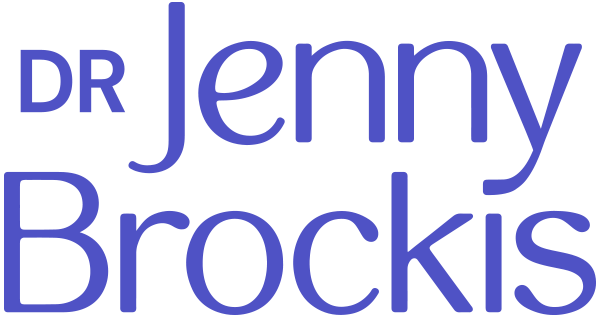Are you all set for the New Year? Have you written down each goal and lit the fire in your belly ready to get out and achieve them?
Great.
But are you READY, WILLING and ABLE to undertake these successfully?
What I’ve discovered during some of my recent discussions with business leaders is a growing desire for the introduction of a comprehensive health and wellbeing initiative into the workplace.
Hurray.
Many are already doing magnificent work developing greater situational awareness, a more mindful approach to developing more effective teams, elevating resilience, adaptability and a happier workplace culture.
Others are struggling to know where to start or what to do next.
There is a plethora of wellness coaches, psychologists and training programs to choose from.
Being spoilt for choice is only part of the problem.
The main issue being that too often the programs are ad hoc, piecemeal and lack cohesion because their focus hasn’t included better brain health.
Our cognition, or how well we think is the critical piece needed to help us all to step up to new challenges, develop new skill sets and embrace the rapid pace of change in the work environment.
Developing a healthy and happy workplace culture is good for all involved and starts by asking the question.
“Are you ready, willing and able?”
“Alice: Would you tell me, please, which way I ought to go from here?
The Cheshire Cat: That depends a good deal on where you want to get to.
Alice: I don’t much care where.
The Cheshire Cat: Then it doesn’t much matter which way you go.”
Lewis Carroll – Alice in Wonderland
1. Understand the purpose of the goal.
As Tracy Chapman sang “Gimme one good reason.” Knowing why you’re investing in a goal or project matters. After all you’re the one who is going to be putting in the time and energy to achieve it.
Knowing WHY determines your level of readiness because our brain is nothing if not somewhat lazy and would far rather you take the easy option and maintain the status quo. It consumes far less energy and avoids all that uncomfortable and sweaty hard work and effort.
Determine READINESS.
Prochaska’s transtheoretical model of health behavioural change includes the five stages of Precontemplation, Contemplation, Preparation, Action and Maintenance.
Implementing change initiatives especially in the work environment can be fraught with difficulty unless the appropriate steps have been put in place to check on the level of readiness. Running a marathon is hard and made harder if you’re “not quite ready yet.”
2. Know what you want.
Life is full of shoulda’s, coulda’s and woulda’s. Procrastination is often seen as an obstacle to success. It may be hiding an underlying fear – “I’m not good enough, clever enough” or “I don’t have the time.” Sometimes it’s something we don’t want. Following someone else’s dream that you don’t get, mistrust or don’t believe in means there’s little if any WILLINGNESS to put in the hard yards.
3. Availability determines ability.
If the intention is to get healthy by going to the gym three times a week, but you’re putting in 60-80 hours a week at work, your partner is complaining you’re never at home or spending enough time with the kids, your boss wants you to undertake some additional training to get prepared for that big promotion coming up, maybe right now you’re not ABLE to undertake that goal.
You may have the ability, but not the time. Knowing our limits and working within our boundaries is the safety factor for all goals.
Which is where a reality check and exploring all options can help.
A bit of a stretch is great. The right amount of healthy stress is enormously helpful to add to that sense of excitement and anticipation.
But, not too much.
It’s about making it a stretch, not a snap.
When my husband and I set out to climb Mount Kinabalu a couple of years ago, our guide, a very wise man held us back. “Slowly, slowly” he urged. “One step, one step.” He was right. While we wanted to climb quickly, going slowly conserved our energy and enabled us to reach our goal of being at the peak in time for the sunrise.
The view was breathtaking and taking the slow route meant we had enough breath to enjoy it.
Keeping our actions small and building on them incrementally is often the fastest route to succeed.
Know where you’re starting from.
If stress or lack of physical activity are the major issues, being provided with some exercise classes and a meditation room fails to address why stress levels are so high, why we are so inactive and whether we have the capacity to change.
It’s human nature to want to fix what’s broken. It’s been the medical model too. The problem is this is no longer appropriate for the needs of the modern workplace.
A holistic approach that maps out how to follow best workplace practices with the brain in mind means we’re more likely to be following the right roadmap appropriate to our set of circumstances and ensures all are ABLE to participate.
Knowing the how is the easier part of the equation because all the preparation and planning has been done first.
Just like orienteering, it’s about checking in on progress, ascertaining we’re still on course, reviewing whether a different path might be a better alternative and being able to tweak and adapt to the swirling eddies of change.
Change can be hard. It’s the way our brain sees it. Facilitating change and achieving goals always starts by ensuring everyone is READY, WILLING and ABLE.


